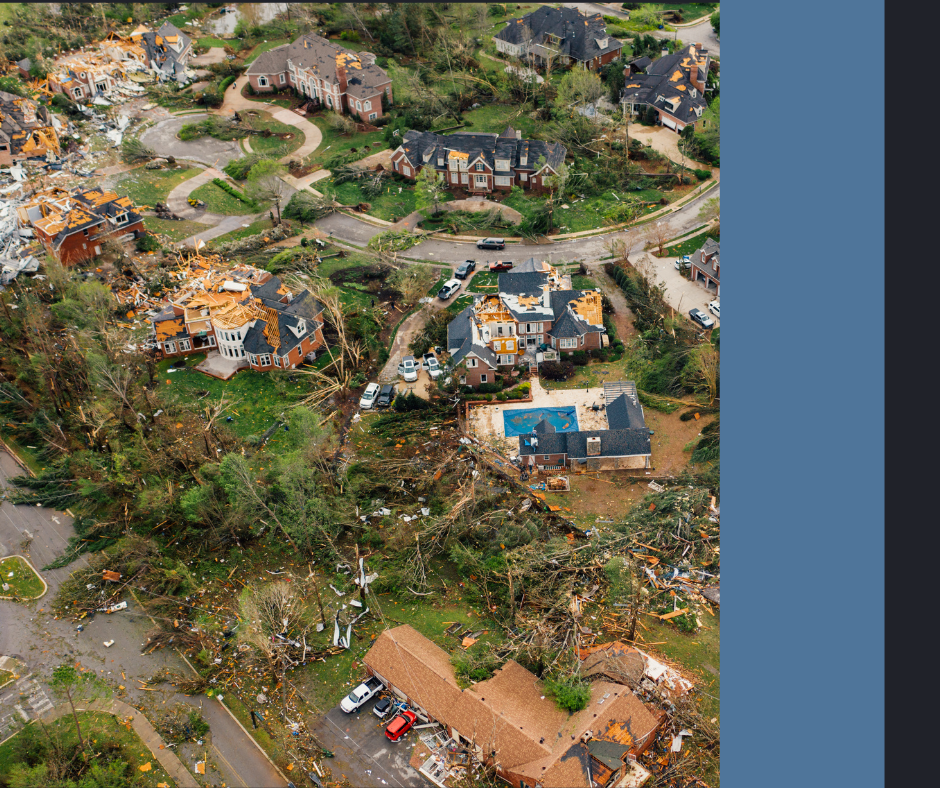
To Bug Out or To Stay Home, That Is the Question
Share
When disaster strikes, one of the most critical decisions you’ll make is this: Should you stay put, or should you go?
It’s not always an easy call, and the wrong decision can have serious consequences. At Ready & Prepped, we want you to feel confident making that choice—before the emergency hits.
Let’s explore how to evaluate the situation, understand the risks, and make an informed decision that keeps your family safe.
What Does It Mean to Bug Out?
Bugging out means grabbing your emergency supplies and evacuating your home to seek safety elsewhere. It’s a last-resort option, typically triggered by immediate danger such as:
- Wildfires
- Flooding
- Earthquakes with structural damage
- Chemical spills
- Civil unrest
- Government-issued evacuation orders
Bugging out is about survival on the move. You may not know exactly where you’re going at first, which is why having a Bug Out Bag (BOB) ready to go is essential.
What Does It Mean to Shelter in Place?
Staying home—also called “sheltering in place”—means riding out the emergency in your own home. This is usually the best option if:
- Your home is structurally sound
- There’s no immediate threat to your safety
- Roads are unsafe or blocked
- Authorities advise you to stay put
When sheltering in place, your Stay-at-Home Kit becomes your lifeline. It should be stocked with food, water, lighting, sanitation supplies, and more to keep your family comfortable and safe for several days—or even weeks.
How to Decide: Bug Out or Stay Put?
Here are some key questions to help you decide:
1. Is your home safe to remain in?
If the structure is damaged, flooding is expected, or fire is approaching—leave.
2. Are you under mandatory evacuation?
Always follow evacuation orders. Emergency crews know more about the dangers than you do.
3. Can you survive better at home or elsewhere?
Do you have the resources to stay comfortable at home? Or is it more dangerous to stay than to face uncertainty on the road?
4. Is it early or late in the crisis?
Leaving early, before panic sets in, is ideal. Waiting too long can mean getting stuck in traffic or caught in chaos.
5. Do you have somewhere to go?
Bugging out is far safer when you have a destination—family, friends, or a known shelter location.
Prepare for Both Scenarios
Here’s the truth: You don’t always get to choose.
Sometimes you’ll have hours to decide. Sometimes only minutes.
That’s why it’s essential to be prepared for both options:
- Keep your Bug Out Bag packed and accessible.
- Build a reliable Stay-at-Home Kit with at least a week’s worth of supplies.
- Know your local hazards and evacuation routes.
- Create a family communication and evacuation plan.
- Stay informed through local alerts, NOAA radios, and emergency apps.
Final Thoughts
“To bug out or to stay home?” It’s not just a question—it’s a strategy.
Preparedness isn’t just about gear. It’s about the ability to adapt, make fast decisions, and act with confidence when things get chaotic.
No fuss. No fluff. No fear.
Need help building your kits? Start with our free checklist or browse our emergency kit guide to build a plan that works for your home, your family, and your budget.
Other Articles of Interest
Emergency Water Storage Mistakes to Avoid
How to Cook Without Power: 8 Proven Methods
How Much Food and Water Do You Need for a Year?
How Much Cash Should I Keep On Hand For Emergencies?
Insurance You Didn't Know You Needed
